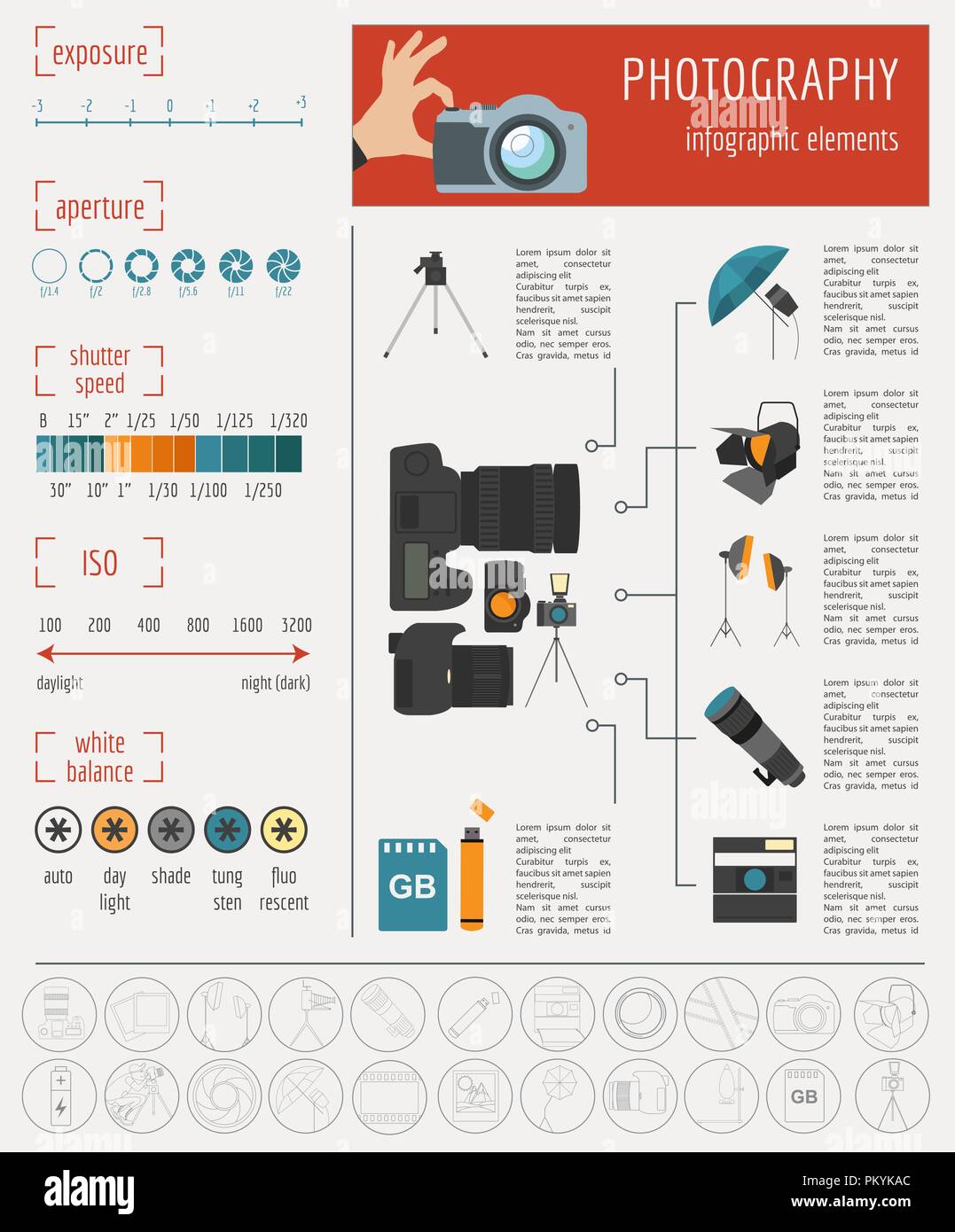Professional Photographers Commonly Overlook Vital Basics That Can Prevent Their Growth; Find Crucial Ideas To Elevate Your Abilities And Prevent Usual Challenges
Professional Photographers Commonly Overlook Vital Basics That Can Prevent Their Growth; Find Crucial Ideas To Elevate Your Abilities And Prevent Usual Challenges
Blog Article
Staff Writer-Sparks Lindholm
As a new professional photographer, it's very easy to obtain caught up in the allure of high-end equipment and ignore the fundamentals that really elevate your craft. You may find yourself irritated when your pictures don't reflect the vision you had in mind. Typical missteps, like ignoring illumination fundamentals or neglecting make-up concepts, can hold you back more than you understand. However comprehending these challenges can transform your technique. Let's check out these mistakes and how you can avoid them to improve your photography journey.
Disregarding Lighting Principles
Disregarding illumination fundamentals is just one of the largest errors new professional photographers make. You could assume that recording an excellent photo is everything about your video camera setups or the latest equipment, yet the truth is, illumination is critical. Appropriate lighting can elevate your photos from mundane to stunning, and recognizing it can save you from countless missed chances.
First, take notice of natural light. The gold hours-- quickly after dawn and prior to sunset-- provide soft, complementary light that boosts your topic. Prevent rough noontime sunlight, which can cast unflattering darkness. If you're firing inside your home, position your subject near windows to make use of diffused light.
Next, find out to adjust synthetic illumination. Experiment with different sources, like lamps or exterior flash. just click the following page to jump light back onto your subject for a softer result. Don't forget that shadows can include depth; accept them instead of hesitating.
Lastly, method readjusting your camera settings according to the lights conditions. Understand how shutter speed, aperture, and ISO interact to accomplish the desired exposure.
Overemphasizing Equipment
Lots of new photographers fall under the catch of assuming that having the most recent and biggest equipment will automatically boost their photography. While it's appealing to think that a higher-end electronic camera or a fancy lens will certainly raise your job, the reality is that it's not almost the devices you make use of.
Your abilities, imagination, and understanding of photography play a much larger duty in creating magnificent images. Investing in excellent equipment can be advantageous, but it should not be your primary focus. Rather, concentrate on grasping the fundamentals-- light, structure, and narration.
You can take spectacular images with a simple video camera if you understand how to use it properly. Often, it's the digital photographer's vision, not the gear, that makes the distinction.
Furthermore, overemphasizing devices can bring about irritation and exhaustion. Headshot portrait could find yourself frequently chasing after the next item of gear as opposed to honing your craft.
Neglecting Make-up Principles
When you grab your video camera, it's very easy to concentrate exclusively on the topic, yet ignoring composition concepts can result in dull images. Composition is the foundation of photography; it guides the audience's eye and develops a visual narrative. If you ignore it, your stunning subject may get lost in a messy frame.
Begin by using the rule of thirds. Imagine your framework divided right into 9 equivalent parts by two straight and 2 vertical lines. Position key elements along these lines or at their intersections for a balanced and interesting shot.
Additionally, consider leading lines. Use all-natural lines in your scene to attract the audience's eye toward the subject.
Don't ignore framework. Use surrounding aspects to produce a "framework within a framework." This method can include depth and emphasis to your subject.
Lastly, take note of adverse area. Often, less is more. Enabling void can enhance your focal point and create an extra powerful photo.
Final thought
In conclusion, by staying away from these usual challenges, you can boost your digital photography skills substantially. Focus on grasping lighting, composition, and direct exposure instead of getting lost in costly gear. Don't underestimate the power of post-processing, either-- it can truly transform your images. Remember to select the correct time of day for capturing, as lighting plays a crucial duty in your final results. Welcome these suggestions, and watch your digital photography thrive!
